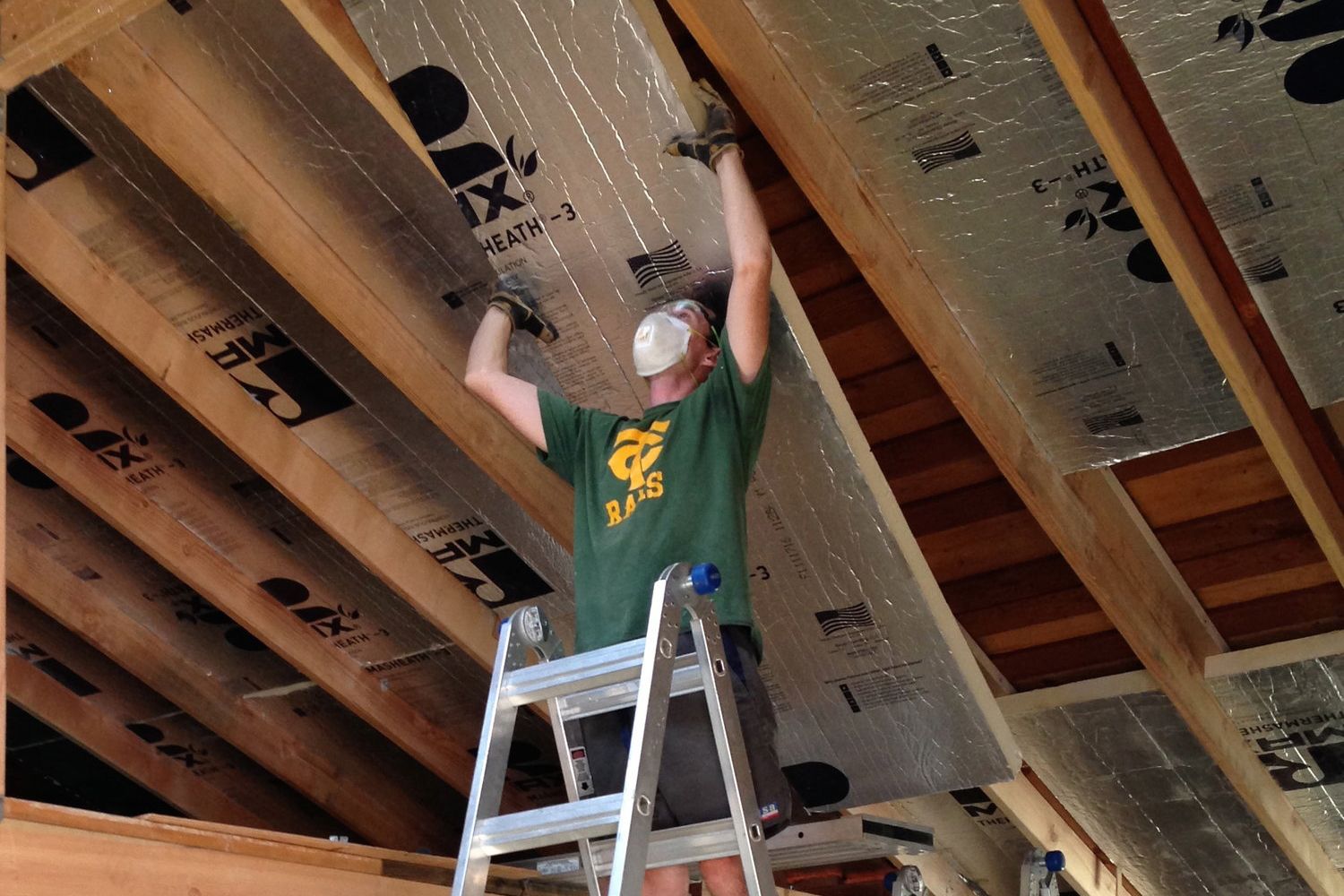

Articles
What R-Value Insulation For Garage Ceiling
Modified: February 24, 2024
Find out the best R-value insulation for your garage ceiling in our informative articles. Improve energy efficiency and protect your space.
(Many of the links in this article redirect to a specific reviewed product. Your purchase of these products through affiliate links helps to generate commission for Storables.com, at no extra cost. Learn more)
Introduction
Welcome to our comprehensive guide on R-Value insulation for garage ceilings. If you’re looking to improve energy efficiency, reduce noise, and create a more comfortable living space or workshop in your garage, proper insulation is key.
R-Value insulation refers to the measure of thermal resistance, indicating how well a material can resist heat transfer. The higher the R-Value, the better a material can insulate against heat flow. Insulating your garage ceiling can help regulate the temperature inside, preventing heat loss in the winter and heat gain in the summer.
In this article, we will explore the importance of insulating garage ceilings, the factors to consider when choosing the right insulation, the recommended R-Value for garage ceilings, types of insulation materials available, steps for installation, common mistakes to avoid, and the benefits of properly insulating your garage ceiling.
Whether you use your garage as a workspace, a storage area, or a parking spot for your vehicles, insulating the ceiling can significantly improve the overall functionality and comfort of the space. So, let’s dive in and discover how to transform your garage into a well-insulated and energy-efficient area.
Key Takeaways:
- Properly insulating your garage ceiling with the recommended R-Value can lead to energy savings, temperature regulation, noise reduction, and protection for stored items, creating a more comfortable and functional space for various activities.
- When choosing insulation materials for your garage ceiling, consider factors such as R-Value, moisture resistance, air sealing properties, and budget to ensure optimal energy efficiency, comfort, and durability. Select the right material that aligns with your specific requirements and provides the desired level of insulation.
Understanding R-Value Insulation
Before we delve into the specifics of insulating your garage ceiling, it’s important to understand the concept of R-Value insulation. In simple terms, the R-Value measures the resistance of a material to heat flow. It indicates how well the insulation can prevent heat transfer through conduction, convection, and radiation.
The R-Value of insulation is determined by factors such as the type of material, its thickness, density, and the presence of any air gaps. The higher the R-Value, the more effectively the insulation will resist heat transfer. Insulation with a higher R-Value can help maintain a more consistent and comfortable temperature inside your garage, regardless of the weather conditions outside.
It’s important to note that different regions and climates require different R-Values for optimal insulation. The United States Department of Energy (DOE) recommends R-Values based on climate zones, with higher values required in colder regions and lower values in warmer regions.
When insulating your garage ceiling, it’s crucial to consider the total R-Value of your entire insulation system. This includes the R-Value of the insulation material as well as any other components such as air barriers, vapor barriers, and reflective surfaces that contribute to the overall thermal resistance.
Now that you have a basic understanding of R-Value insulation, let’s explore why insulating your garage ceiling is so important.
Importance of Insulating Garage Ceilings
Insulating your garage ceiling may not be the first thing that comes to mind when considering home insulation, but it can have a significant impact on both energy efficiency and the overall comfort of your living space. Here are some key reasons why insulating your garage ceiling is important:
- Energy Efficiency: A properly insulated garage ceiling helps to regulate the temperature inside your garage, which can in turn affect the adjacent rooms or living spaces above it. By reducing the transfer of heat between your garage and the rest of your home, you can lower your heating and cooling costs and create a more energy-efficient environment.
- Noise Reduction: If you use your garage for activities that generate noise, such as woodworking or home improvement projects, insulating the ceiling can help minimize sound transmission. This is especially beneficial if there are living spaces located above or near the garage.
- Protection from Extreme Temperatures: Insulating your garage ceiling can help prevent extreme temperatures from affecting the items stored in your garage. This is particularly important if you store temperature-sensitive items like paint, electronics, or vehicles. Insulation can help maintain a more stable and moderate temperature inside the garage, protecting your belongings from damage.
- Comfortable Living Space: If your garage is attached to your home or if you use it as a living space or workshop, insulation becomes even more crucial. A well-insulated garage ceiling can make it more comfortable to work in during extreme weather conditions, whether it’s hot or cold outside. It also helps to prevent drafts from entering your home through the garage.
- Moisture Control: Insulating your garage ceiling can act as a barrier against moisture infiltration. It helps to prevent condensation and the accumulation of moisture, reducing the chances of mold growth and potential damage to your garage structure and belongings.
Now that you understand the importance of insulating your garage ceiling, let’s explore the factors you should consider when selecting the right insulation for this project.
Factors to Consider for Garage Ceiling Insulation
When it comes to insulating your garage ceiling, there are several factors to take into consideration to ensure you choose the right insulation material and achieve maximum effectiveness. Here are the key factors you should consider:
- R-Value: The first and most important factor to consider is the recommended R-Value for your specific climate zone. As mentioned earlier, the R-Value indicates the insulation material’s ability to resist heat flow. Make sure you select insulation with an appropriate R-Value to meet the insulation requirements of your region.
- Insulation Type: There are various types of insulation materials available for garage ceilings, including fiberglass batts, spray foam, and rigid foam panels. Each material has its own advantages and disadvantages in terms of installation ease, effectiveness, and cost. Consider the pros and cons of each type and choose the one that best fits your needs and budget.
- Moisture Resistance: Garages can be prone to moisture, so it’s important to choose insulation materials that have good moisture resistance properties. Moisture-resistant insulation can help prevent the growth of mold and protect your garage structure from water damage.
- Air Sealing: Proper air sealing is crucial to ensure the effectiveness of insulation. Look for insulation materials that provide a good air barrier, preventing air leakage and reducing heat loss or gain through gaps and cracks in the ceiling.
- Fire Safety: Considering the potential fire hazards in a garage, it’s important to choose insulation materials that have good fire-resistant properties. Look for insulation with a high fire-resistance rating to enhance safety.
- Installation Ease: Consider your comfort level with DIY installation or whether you’ll need to hire a professional contractor. Some insulation materials are easier to install than others, so choose one that aligns with your skill level and available time.
- Budget: Lastly, consider your budget for the insulation project. Different insulation materials have varying costs, so factor in the long-term savings on energy bills when making your decision.
By considering these factors, you’ll be able to choose the right insulation material for your garage ceiling that provides optimal energy efficiency, comfort, and durability. In the next section, we’ll discuss the recommended R-Value insulation for garage ceilings.
Recommended R-Value Insulation for Garage Ceiling
When it comes to insulating your garage ceiling, the recommended R-Value will depend on your climate zone. The U.S. Department of Energy (DOE) provides guidelines for different regions, categorizing them into climate zones. Here are the general recommendations for garage ceiling insulation based on the climate zone:
- Cold Climate Zone (Zone 5 and higher): In colder regions with harsh winters, it is recommended to have a higher R-Value insulation for optimal energy efficiency. The recommended R-Value for garage ceiling insulation in these areas is typically R-49 to R-60. This high level of insulation helps trap heat inside the garage and prevents it from escaping.
- Moderate Climate Zone (Zone 3 and 4): In regions with moderate climates where both heating and cooling are required, the recommended R-Value for garage ceiling insulation is generally R-30 to R-38. This level of insulation provides adequate thermal resistance, keeping the garage temperature more stable throughout the year.
- Warm Climate Zone (Zone 1 and 2): In warmer regions with mild winters and hot summers, the recommended R-Value for garage ceiling insulation is typically lower. For these areas, an R-Value of R-19 to R-25 is usually sufficient to maintain a comfortable temperature inside the garage and prevent excessive heat transfer.
It’s important to note that these recommendations are general guidelines. It’s always advisable to consult local building codes and energy efficiency programs in your area to ensure you meet the required R-Value for garage ceiling insulation.
Additionally, if you plan to use your garage as a living space or workshop, you might consider increasing the R-Value beyond the recommended levels to maximize energy efficiency and comfort.
Now that you understand the recommended R-Value for garage ceiling insulation, let’s explore the various types of insulation materials available for this purpose.
When insulating a garage ceiling, it’s recommended to use insulation with an R-value of at least R-30 to R-60, depending on your climate. This will help to keep the space above the garage more comfortable and energy efficient.
Read more: What R-Value Insulation For Basement Ceiling
Types of Insulation Materials for Garage Ceiling
When it comes to insulating your garage ceiling, there are several insulation materials to choose from, each with its own characteristics, advantages, and disadvantages. Here are some commonly used insulation materials for garage ceilings:
- Fiberglass Batts: Fiberglass batts are a popular choice for insulation due to their affordability and ease of installation. They are made up of fiberglass fibers that are pre-cut to fit between the ceiling joists. Fiberglass batts have a good R-Value and provide effective thermal resistance. However, they can be challenging to install around obstructions like wires and pipes and can be less effective in preventing air leakage.
- Spray Foam Insulation: Spray foam insulation is a versatile option that is applied as a liquid and expands to fill the cavity, creating an airtight seal. It provides excellent insulation and air sealing properties, reducing energy loss and preventing drafts. However, spray foam insulation can be more expensive and typically requires professional installation.
- Rigid Foam Panels: Rigid foam panels, such as extruded polystyrene (XPS) or expanded polystyrene (EPS), are lightweight and easy to cut and install. They have a high R-Value per inch of thickness, providing effective insulation and moisture resistance. Rigid foam panels also offer good air sealing properties and can help with soundproofing. However, they can be more expensive compared to other insulation materials.
- Blown-in Insulation: Blown-in insulation, such as cellulose or fiberglass, is another option for insulating garage ceilings. It involves blowing loose-fill insulation into the cavity, allowing it to fill gaps and conform to irregular shapes. Blown-in insulation provides good coverage and can be effective in reducing air leakage. However, it may require professional installation and can be more challenging to control the density and thickness of the insulation.
- Reflective Insulation: Reflective insulation, also known as radiant barrier insulation, is typically made of a thin layer of aluminum foil or metallic film. It reflects radiant heat, preventing it from entering the garage space. Reflective insulation works best when installed with an air gap, such as on top of the roof trusses. However, it is less effective in providing thermal resistance and may need to be combined with other insulation materials for optimal performance.
When choosing the insulation material for your garage ceiling, consider factors such as performance, installation ease, moisture resistance, air sealing properties, and your budget. It’s essential to select an insulation material that aligns with your specific requirements and provides the desired level of insulation.
Now that you are familiar with different insulation materials, let’s move on to the steps involved in installing insulation in your garage ceiling.
Steps to Install Insulation in Garage Ceiling
Installing insulation in your garage ceiling is a straightforward process that can be done as a do-it-yourself project with the right tools and materials. Here are the general steps to follow when installing insulation in your garage ceiling:
- Prepare the Area: Clear out any stored items or debris from the garage ceiling to create a clean and accessible work area. Ensure that the ceiling is dry, free of any moisture or leaks.
- Measure and Purchase Insulation: Measure the dimensions of your garage ceiling to determine how much insulation you will need. Purchase the appropriate amount of insulation material based on the recommended R-Value for your region.
- Wear Protective Gear: Before starting the installation, be sure to wear appropriate protective gear, such as gloves, safety glasses, and a dust mask, to protect yourself from any potential irritants or hazards.
- Install Vapor Barrier: If recommended for your area or insulation choice, install a vapor barrier on the warm side of the ceiling to help prevent moisture condensation. Ensure the barrier is sealed and covers the entire area of the ceiling.
- Cut Insulation to Fit: Cut the insulation material to fit between the ceiling joists, ensuring a snug and secure placement. Use a utility knife or insulation cutter to achieve clean and precise cuts.
- Place Insulation: Insert the cut insulation pieces into the spaces between the ceiling joists, making sure to fill all the voids. Gently press the insulation to fit but avoid compressing it, as this can reduce its effectiveness.
- Seal Air Leaks: Use spray foam or caulk to seal any gaps, cracks, or openings in the ceiling that could allow air leakage. This will help improve the insulation’s performance and prevent drafts.
- Install Insulation Baffles: If your garage has vents or soffits, install insulation baffles to maintain proper ventilation and prevent blockage of airflow. These can be installed before placing the insulation.
- Secure Insulation in Place: If necessary, use insulation supports, such as wire hangers or insulation clips, to secure the insulation in place, especially if it’s a loose-fill or blown-in insulation material.
- Complete the Installation: Once you have installed the insulation throughout the entire garage ceiling, ensure that there are no gaps or areas left uninsulated. Check for any compressed or uneven sections and adjust them as needed.
Remember to follow any specific instructions provided by the manufacturer of the insulation material you choose, as installation methods may vary. It’s crucial to properly insulate the entire garage ceiling to ensure maximum energy efficiency and thermal performance.
Now that you have completed the insulation installation, let’s discuss some common mistakes to avoid to ensure the insulation works effectively in your garage ceiling.
Common Mistakes to Avoid during Insulation Installation
When it comes to insulating your garage ceiling, there are some common mistakes that you should avoid to ensure the insulation works effectively and provides maximum energy efficiency. Here are some of the most common mistakes to watch out for:
- Inadequate Coverage: One of the biggest mistakes is not providing sufficient coverage of insulation throughout the entire garage ceiling. Leaving gaps or areas uninsulated can lead to energy loss and reduced thermal performance. Be sure to measure and cut the insulation accurately to fit snugly between the ceiling joists.
- Compression: Compressing insulation can diminish its effectiveness. Avoid overstuffing or compressing the insulation material, as this restricts its ability to provide the necessary thermal resistance. Properly fluff and place the insulation, allowing it to fill the space without compacting it.
- Ignoring Air Sealing: Insulation alone is not enough to prevent drafts and heat loss. Failing to properly seal air leaks around ceiling fixtures, plumbing penetrations, electrical outlets, and gaps or cracks in the ceiling can significantly reduce the insulation’s effectiveness. Use caulk or spray foam to seal any openings and create an airtight barrier.
- Misalignment with Vapor Barrier: If a vapor barrier is required in your area, make sure it is properly aligned and securely attached to the warm side of the ceiling. Any gaps or misalignment can allow moisture to seep through, leading to potential damage and decreased insulation performance.
- Blocking Ventilation: Insulation should never block ventilation in the garage. Ensure that vents, soffits, and other ventilation openings are not obstructed by insulation. Use insulation baffles or proper planning to maintain proper airflow and prevent condensation issues.
- Incorrect Handling of Fiberglass Insulation: If you choose fiberglass batts as your insulation material, take care in handling it. Fiberglass can cause skin irritation and respiratory problems if not handled correctly. Wear protective gloves, safety glasses, and a dust mask to minimize exposure when cutting or installing fiberglass batts.
- Not Consulting Local Codes: Building codes and regulations regarding insulation requirements can vary by region. It’s essential to consult your local building authority or energy efficiency program to ensure you are adhering to the recommended R-Value and any specific insulation requirements for your area.
- Ignoring Safety Precautions: Always prioritize safety during insulation installation. Use proper safety equipment, such as gloves, goggles, and dust masks, when handling insulation materials. Avoid working alone and be cautious when moving around in the attic space or on ladders.
By avoiding these common mistakes, you can ensure that your garage ceiling insulation is installed correctly and provides the desired energy efficiency and thermal performance. Now, let’s explore the benefits of properly insulating your garage ceilings.
Benefits of Properly Insulating Garage Ceilings
Properly insulating your garage ceilings can offer numerous benefits, ranging from energy savings to increased comfort and more. Here are some of the key benefits of insulating your garage ceilings:
- Energy Efficiency: Insulating your garage ceiling helps create a barrier that prevents heat transfer. This leads to improved energy efficiency by reducing heat loss in the winter and heat gain in the summer. Consequently, your heating and cooling systems won’t need to work as hard, resulting in lower energy bills.
- Temperature Regulation: Insulation helps maintain a more stable and comfortable temperature inside your garage. This is particularly beneficial if you use your garage as a workshop, exercise area, or living space. Insulation keeps the temperature moderate, making it more pleasant to work or spend time in, regardless of the weather outside.
- Noise Reduction: Insulating your garage ceiling can help minimize noise transmission both into and out of the garage. If you use power tools, play instruments, or have a noisy HVAC system in your garage, insulation can help contain the noise and prevent it from disturbing the rest of the household.
- Protection for Stored Items: Insulation helps regulate temperature and humidity levels in the garage, providing better protection for items stored inside. Whether it’s furniture, electronics, or valuables, insulation can help prevent damage caused by extreme temperatures or moisture buildup.
- Improved Comfort in Adjacent Spaces: If your garage is attached to your home, proper insulation in the garage ceiling can have a positive impact on the comfort levels of adjacent rooms. Insulation prevents the transfer of cold or hot air from the garage, ensuring that the neighboring living spaces maintain a more comfortable temperature year-round.
- Moisture Control: Insulating your garage ceiling can help prevent moisture infiltration and condensation. This is crucial in areas with high humidity or when the garage space is exposed to moisture sources, such as vehicles or water leaks. Proper insulation helps reduce the risks of mold growth, rot, and structural damage caused by excess moisture.
- Environmental Benefits: By reducing your energy consumption through proper insulation, you contribute to a more sustainable environment. Energy conservation helps lower greenhouse gas emissions, minimize reliance on fossil fuels, and promote a greener future.
Overall, insulating your garage ceiling not only improves energy efficiency and comfort but also provides long-term savings, protects your belongings, and creates a more enjoyable and functional space. It’s a worthwhile investment that can enhance the overall efficiency and value of your home.
Now that you’re aware of the benefits, you can make an informed decision to insulate your garage ceiling and enjoy these advantages. Let’s conclude this guide on R-Value insulation for garage ceilings.
Read more: What Is The R-Value In Insulation
Conclusion
Insulating your garage ceiling is a crucial step in creating a more energy-efficient, comfortable, and functional space. By understanding the concept of R-Value insulation, considering the recommended R-Value for your climate zone, and choosing the appropriate insulation materials, you can maximize the benefits of garage ceiling insulation.
Insulation not only helps regulate the temperature inside your garage but also reduces energy consumption, lowers utility bills, and creates a more sustainable living environment. It provides noise reduction, protects stored items, and prevents moisture-related issues. Additionally, proper insulation in the garage ceiling improves the comfort levels of adjacent living spaces and contributes to a more enjoyable and functional home.
When installing insulation, ensure you avoid common mistakes such as inadequate coverage, compression, ignoring air sealing, and incorrect handling of insulation materials. By following the proper installation steps and consulting local codes and regulations, you can achieve optimal insulation performance and maximize energy efficiency.
Remember to choose the right insulation material for your garage ceiling based on factors like R-Value, moisture resistance, air sealing properties, and your budget. Fiberglass batts, spray foam, rigid foam panels, blown-in insulation, and reflective insulation are among the commonly used options, each offering its own advantages and disadvantages.
To enjoy the benefits of properly insulating your garage ceiling, including energy savings, increased comfort, and protection for stored items, it’s essential to prioritize insulation as part of your home improvement projects. Consult with professionals if needed and always prioritize safety during the installation process.
Now that you have a comprehensive understanding of R-Value insulation for garage ceilings, it’s time to take action and make your garage a well-insulated and functional space. Start enjoying the benefits that insulation can bring to your home and create a more energy-efficient and comfortable environment.
Frequently Asked Questions about What R-Value Insulation For Garage Ceiling
Was this page helpful?
At Storables.com, we guarantee accurate and reliable information. Our content, validated by Expert Board Contributors, is crafted following stringent Editorial Policies. We're committed to providing you with well-researched, expert-backed insights for all your informational needs.
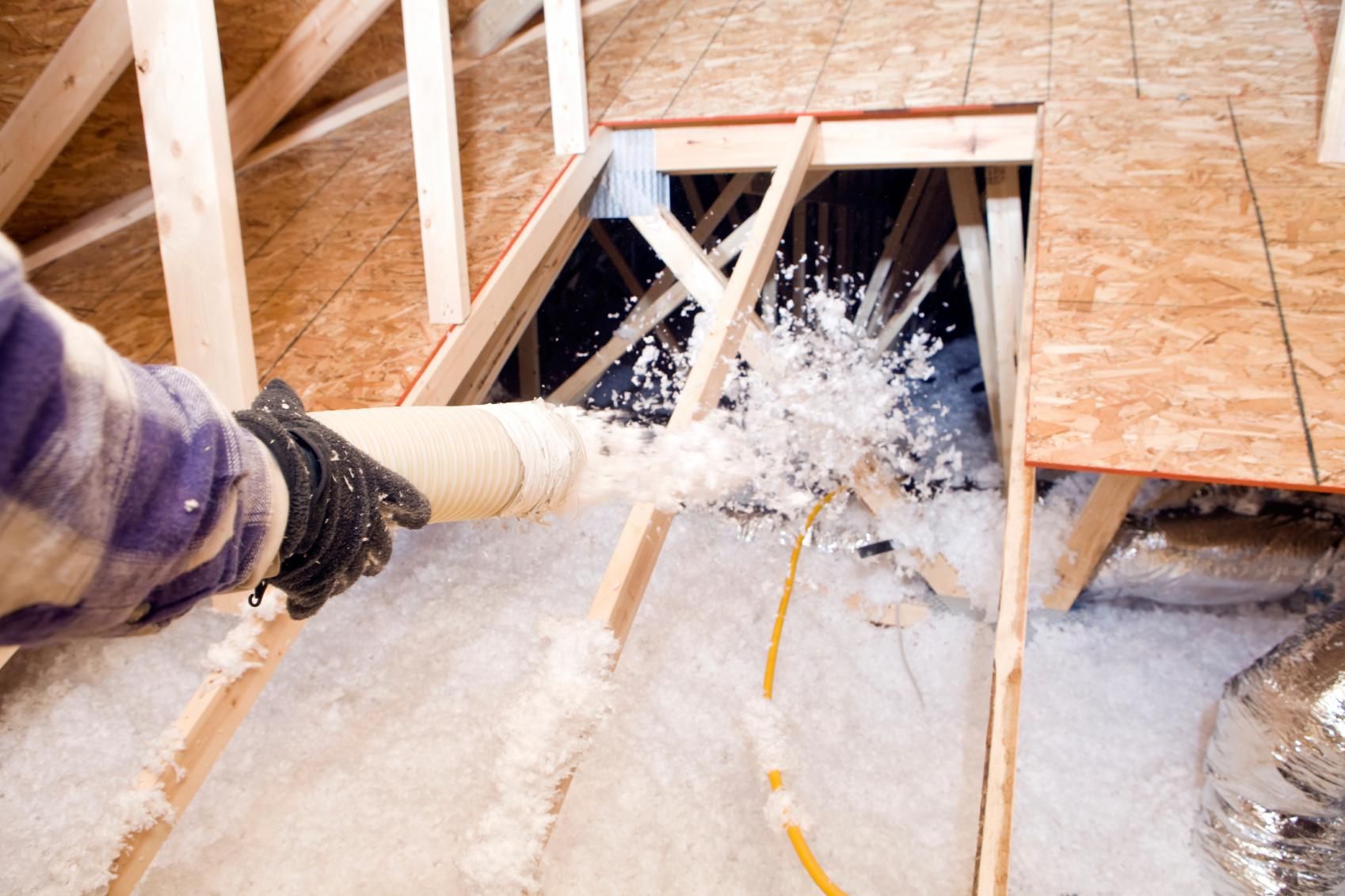
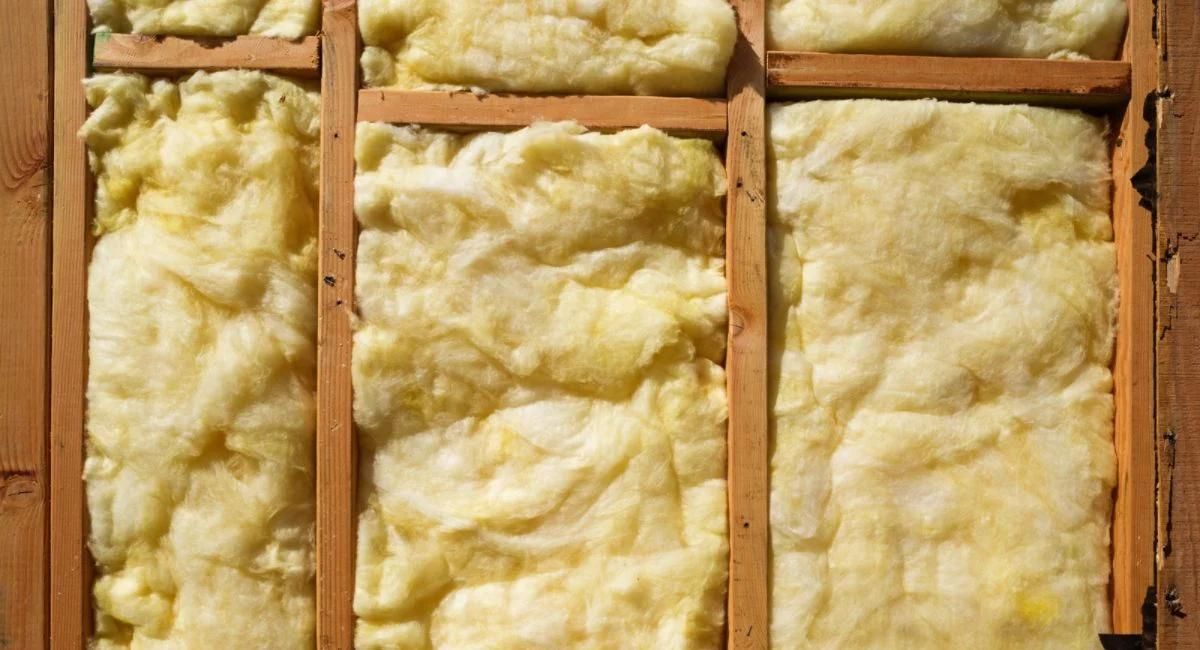
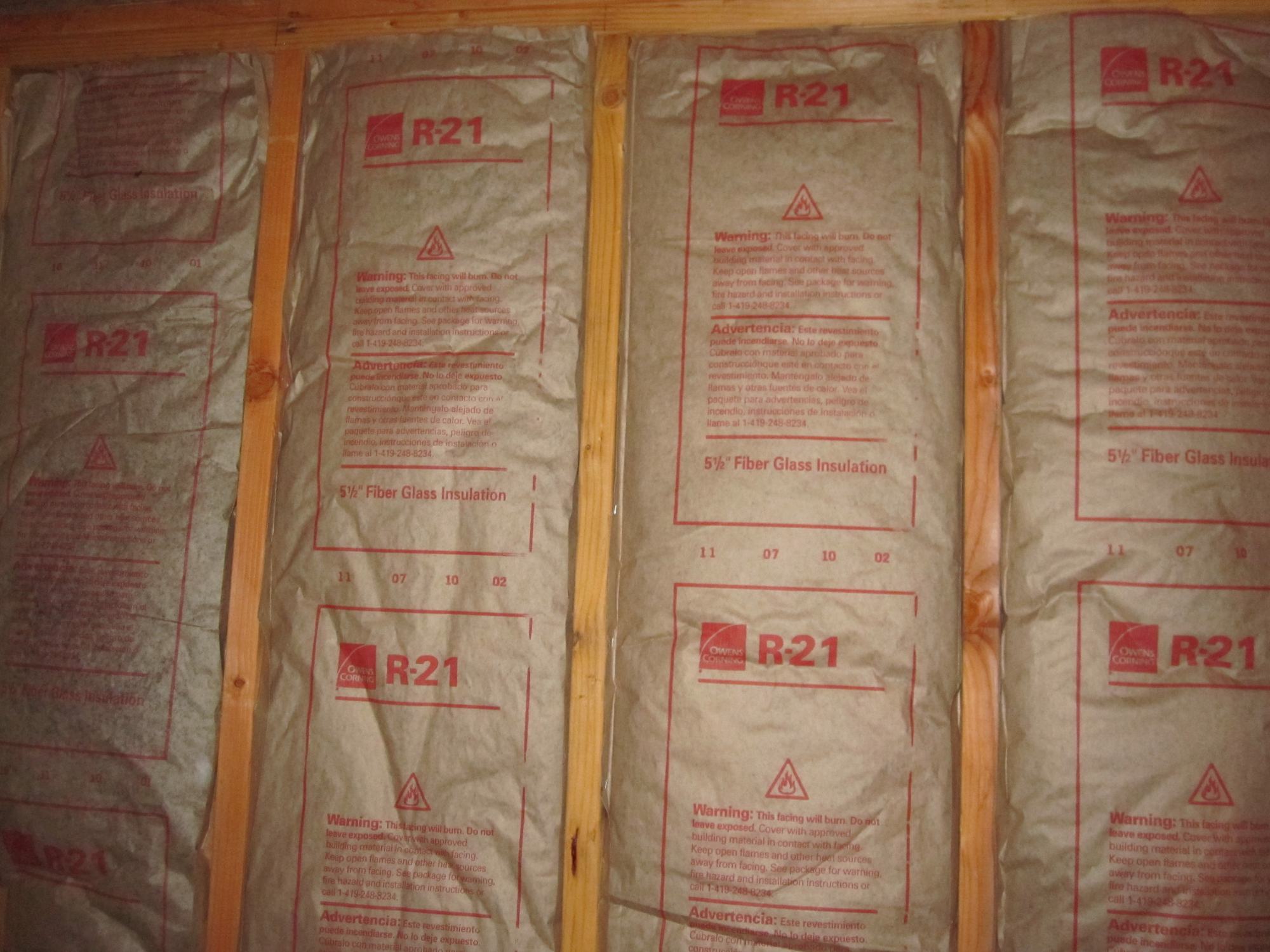
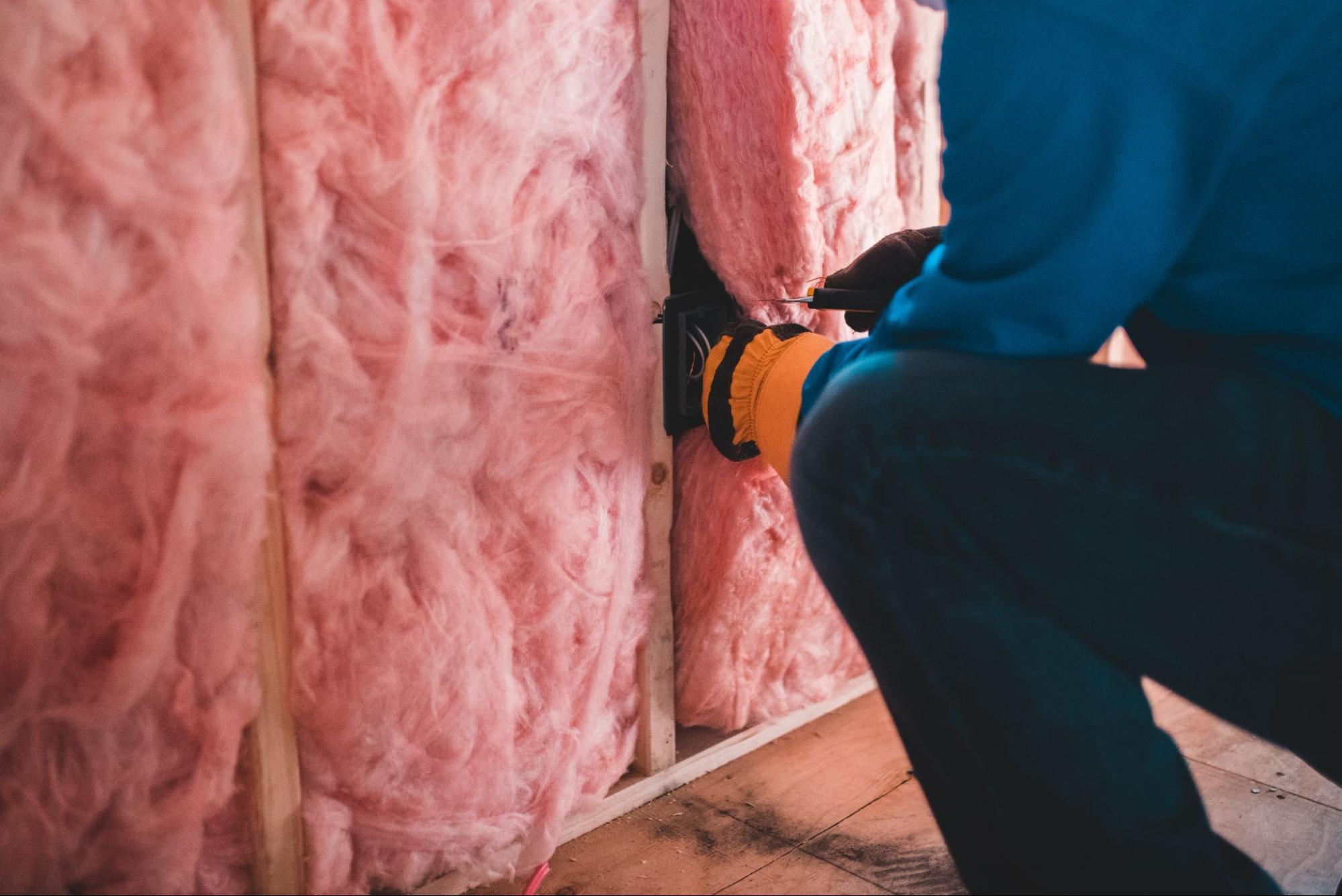
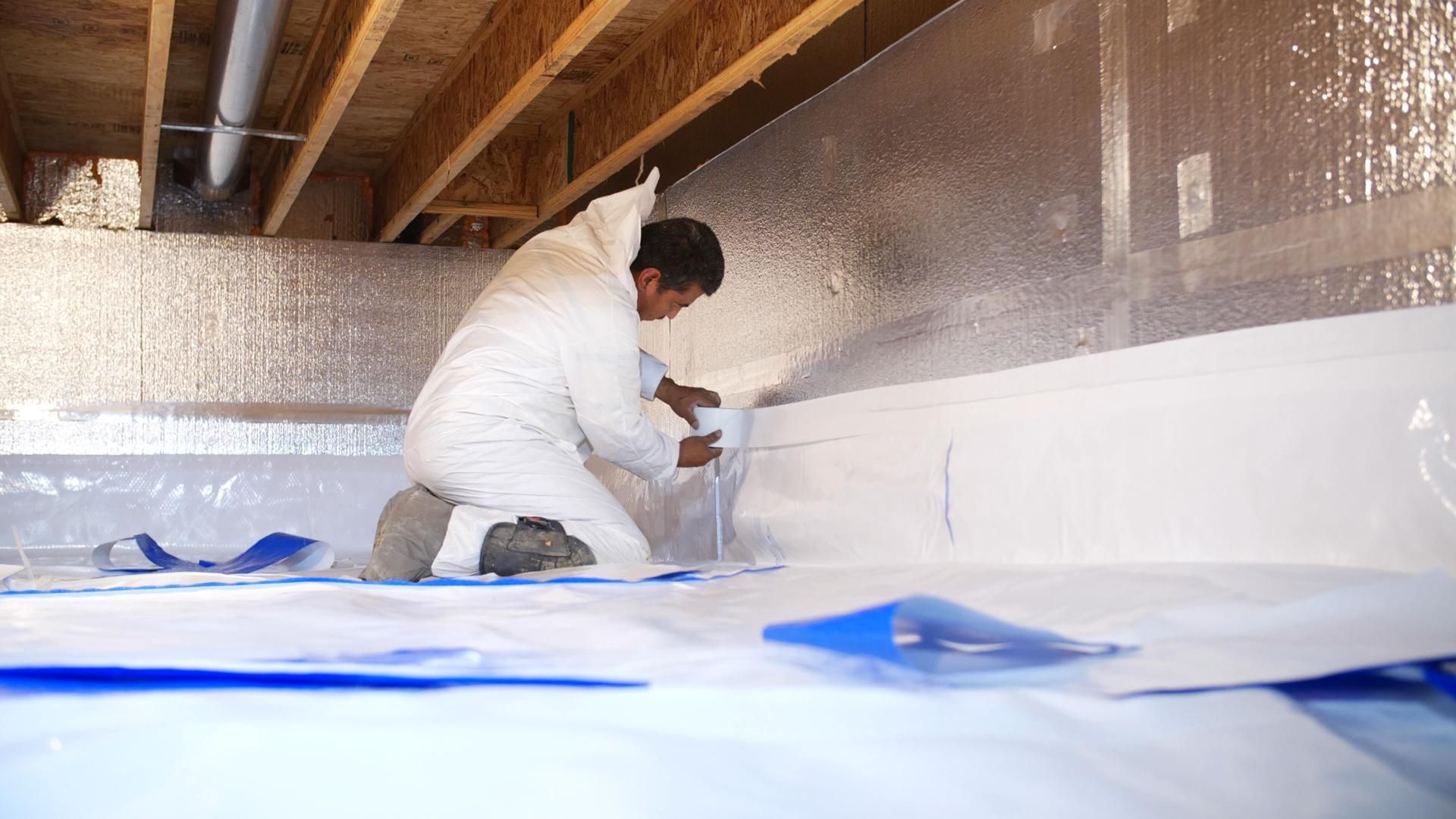
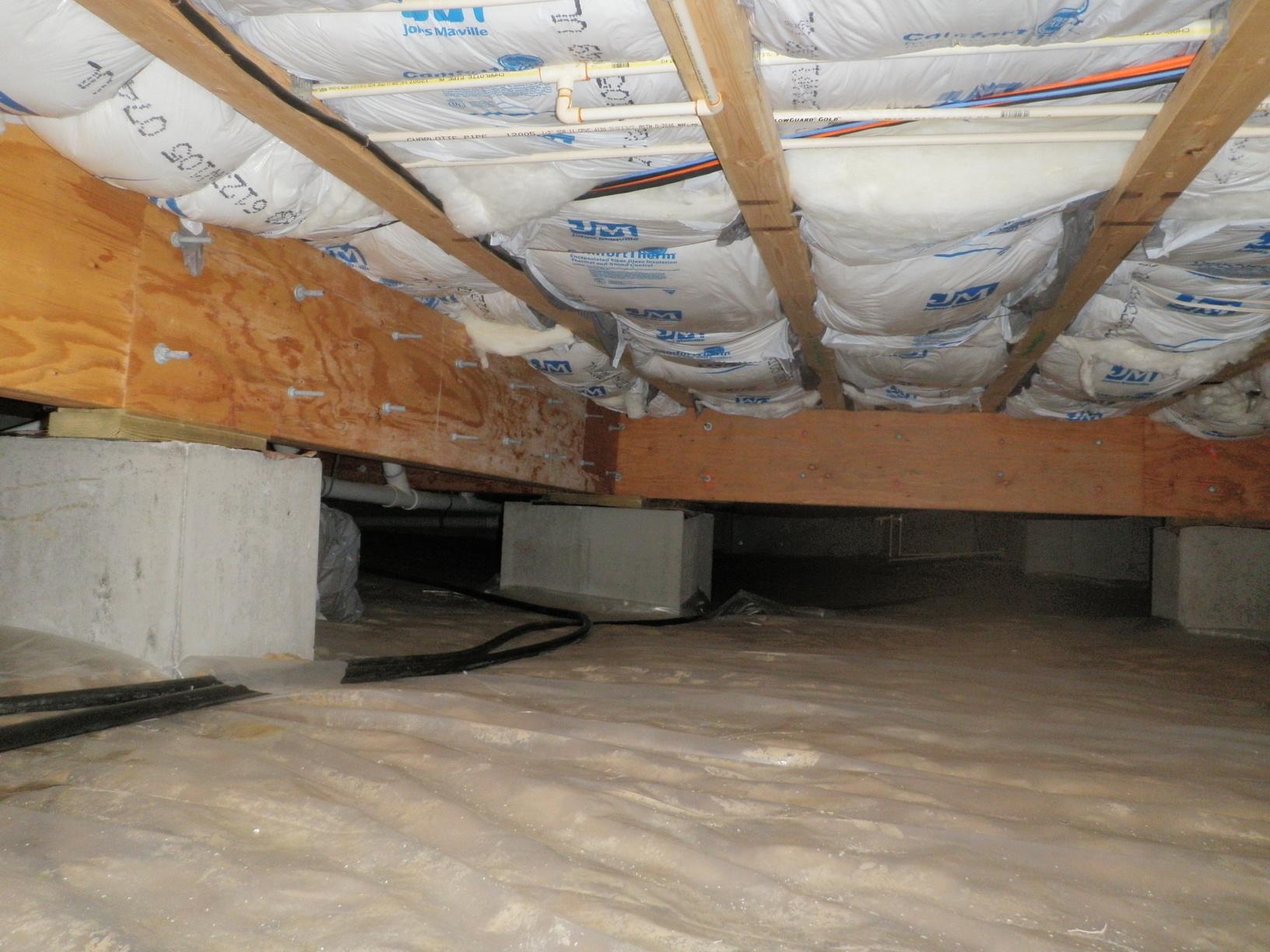
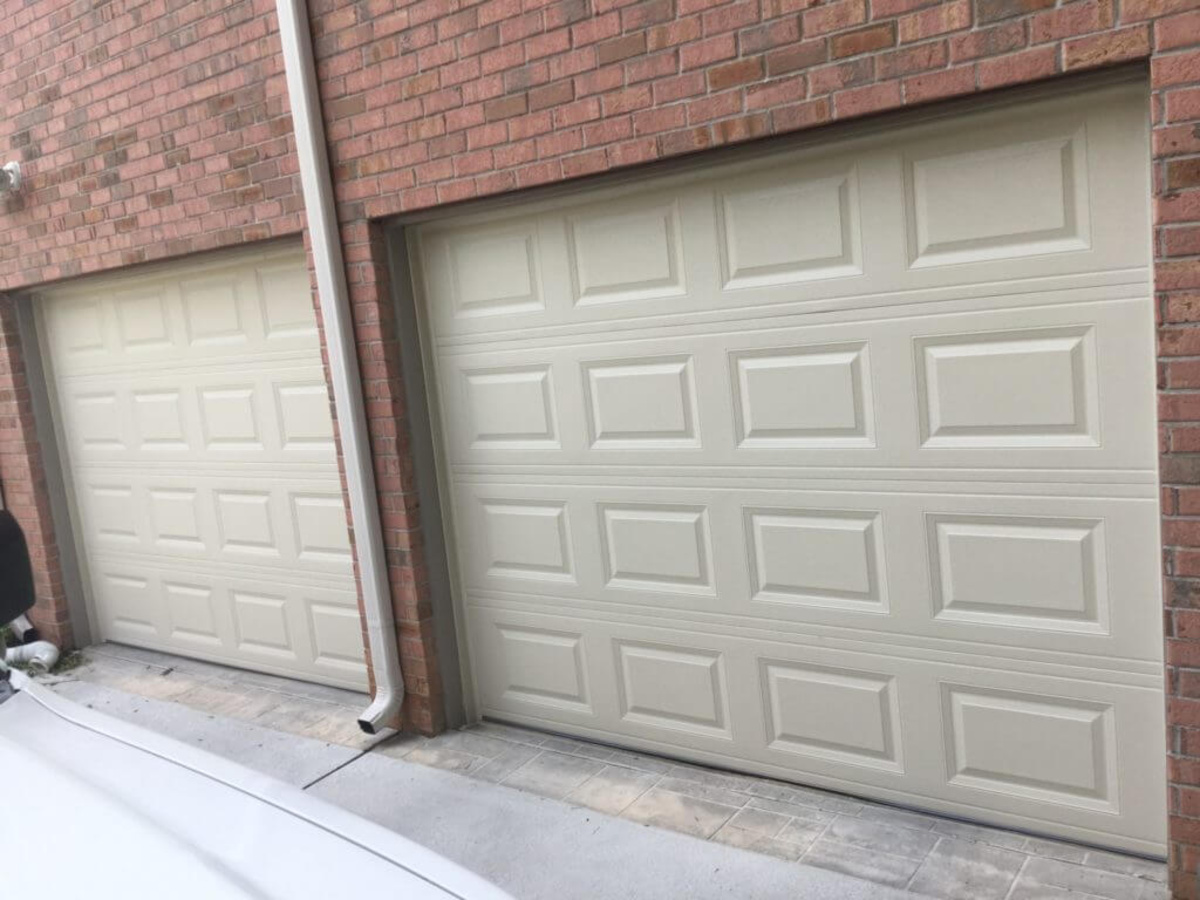
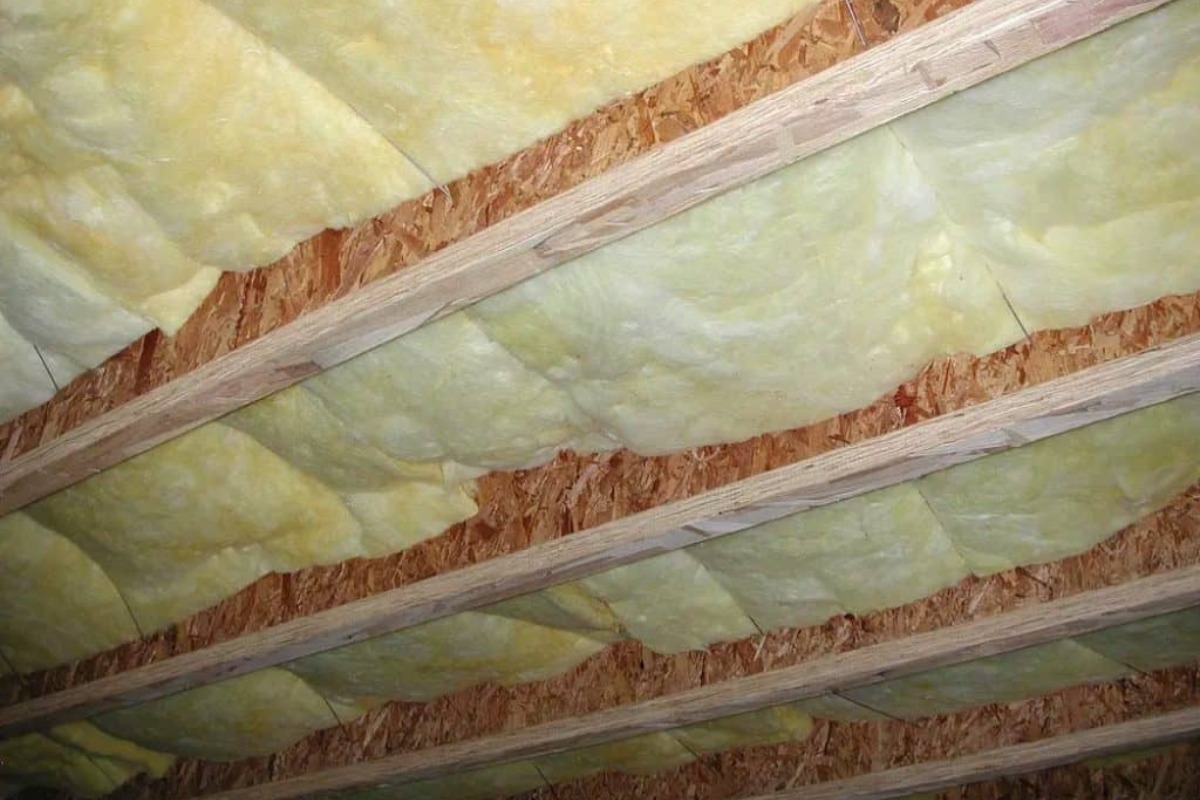
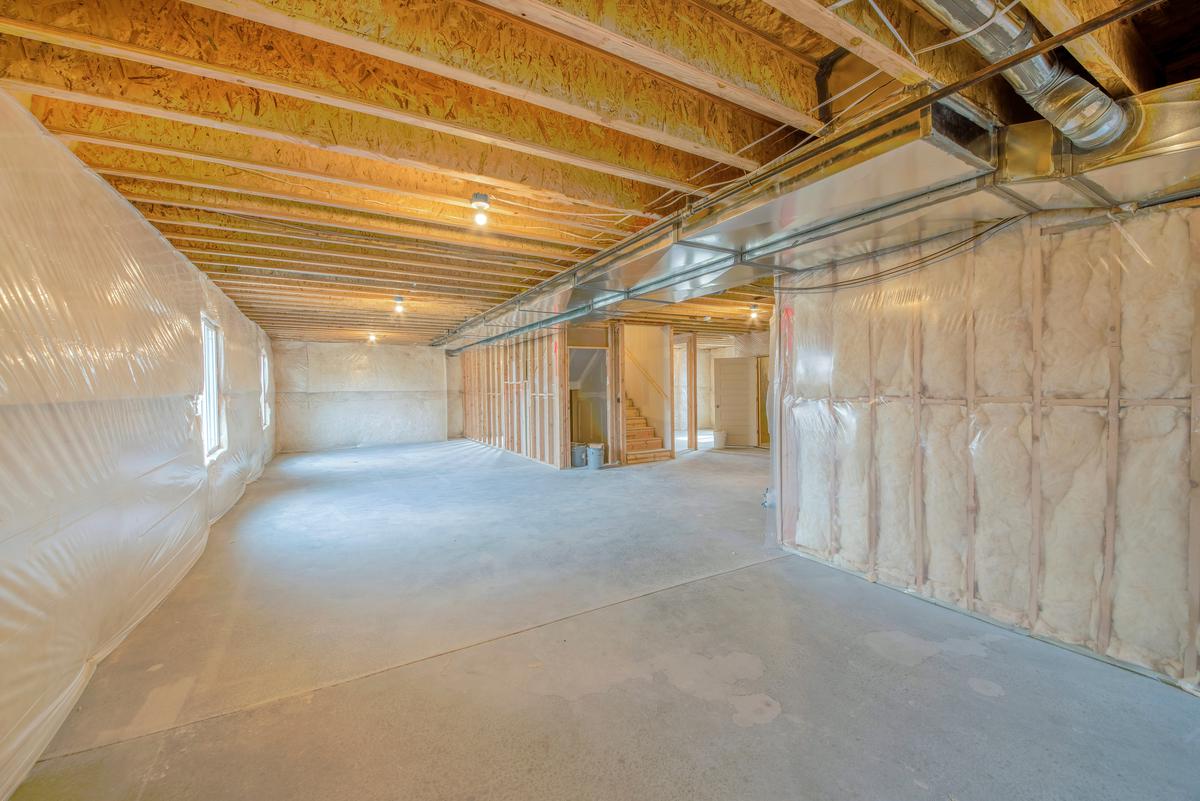
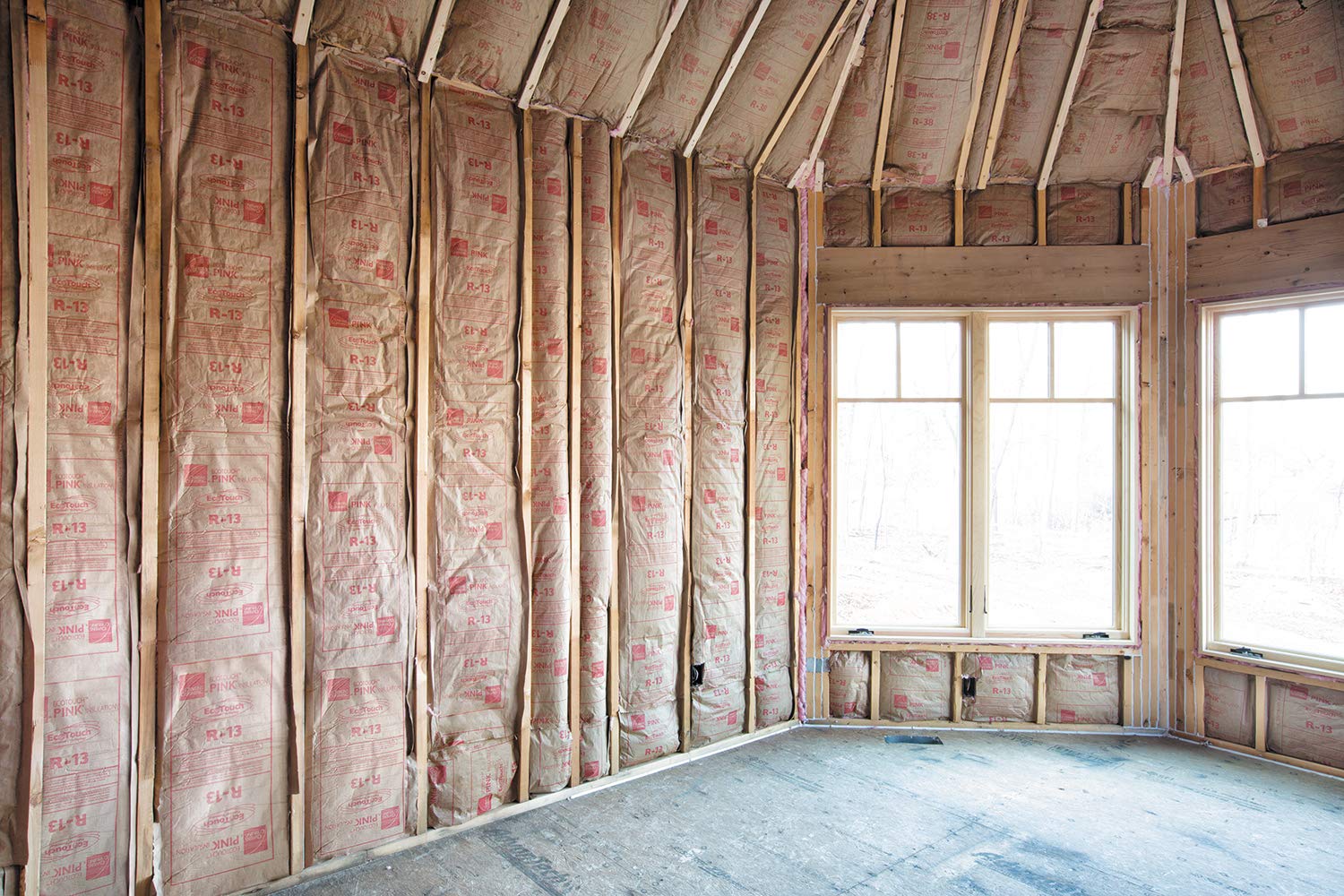
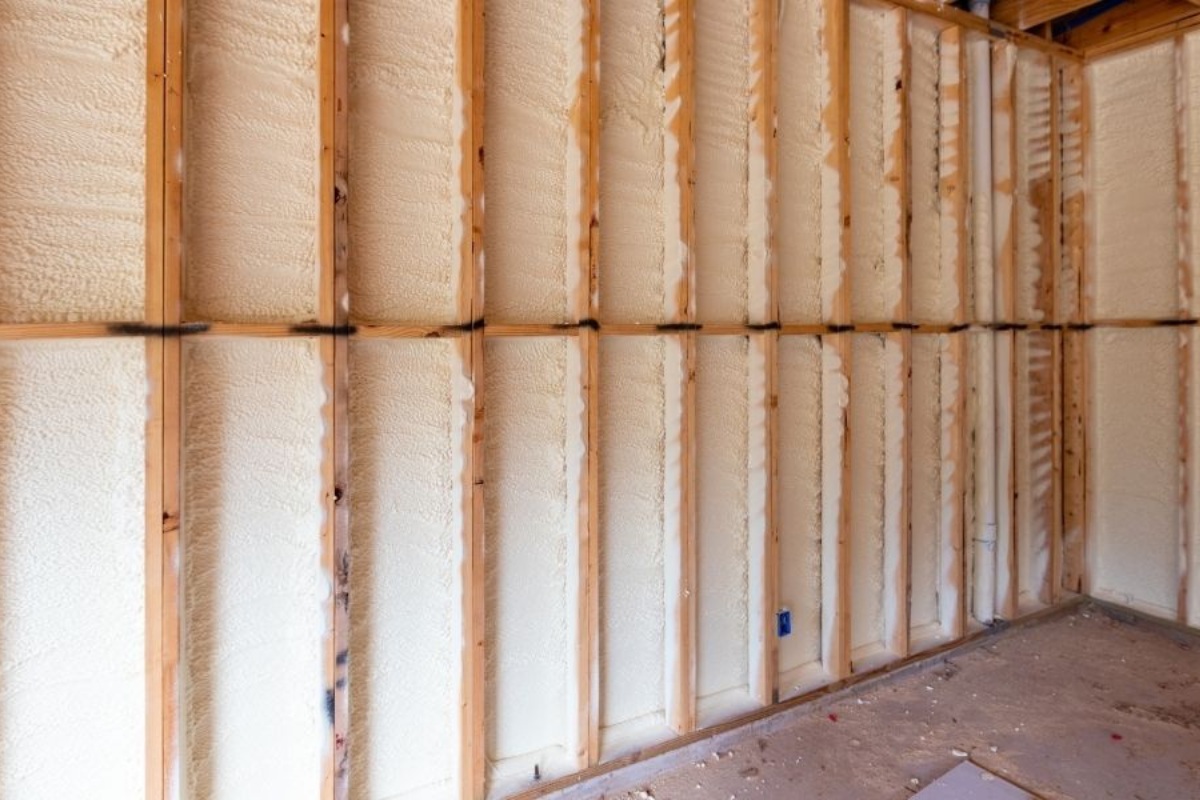
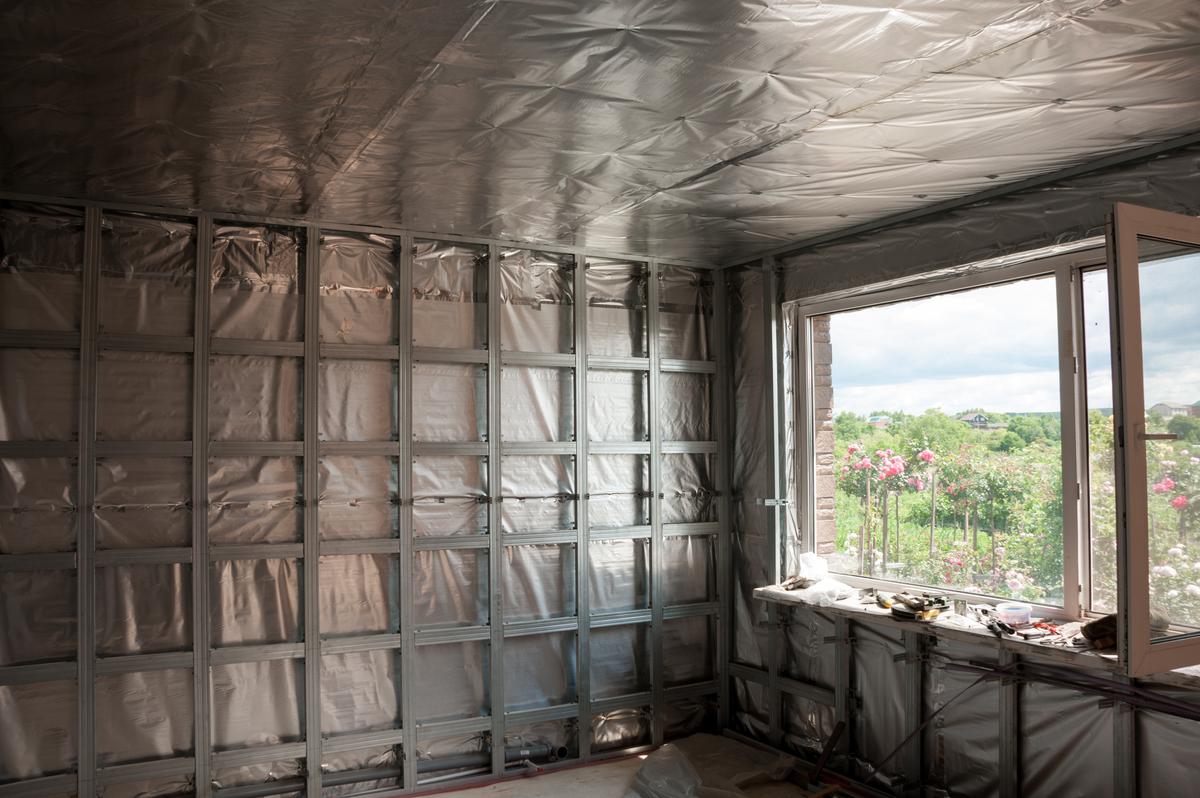
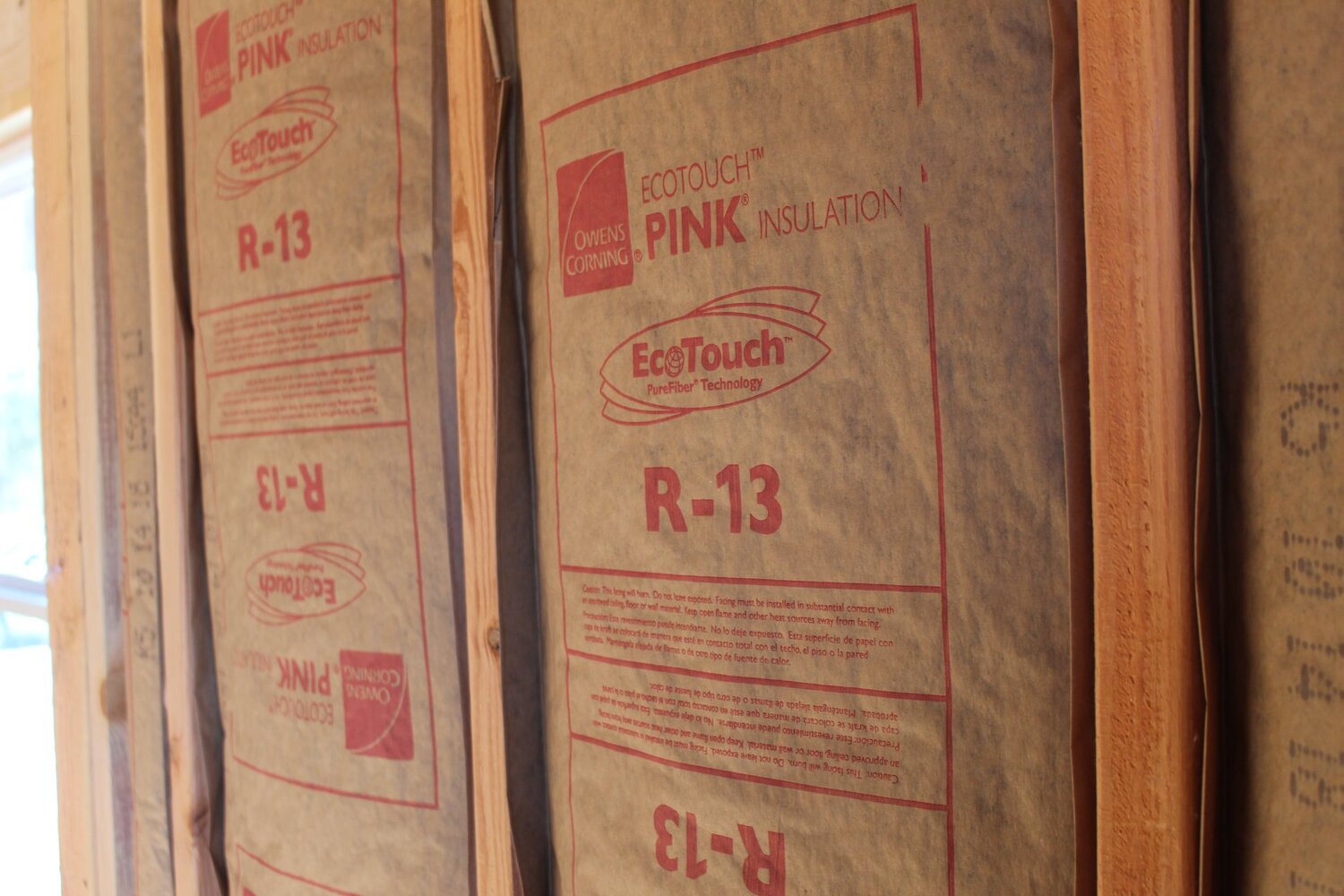

0 thoughts on “What R-Value Insulation For Garage Ceiling”